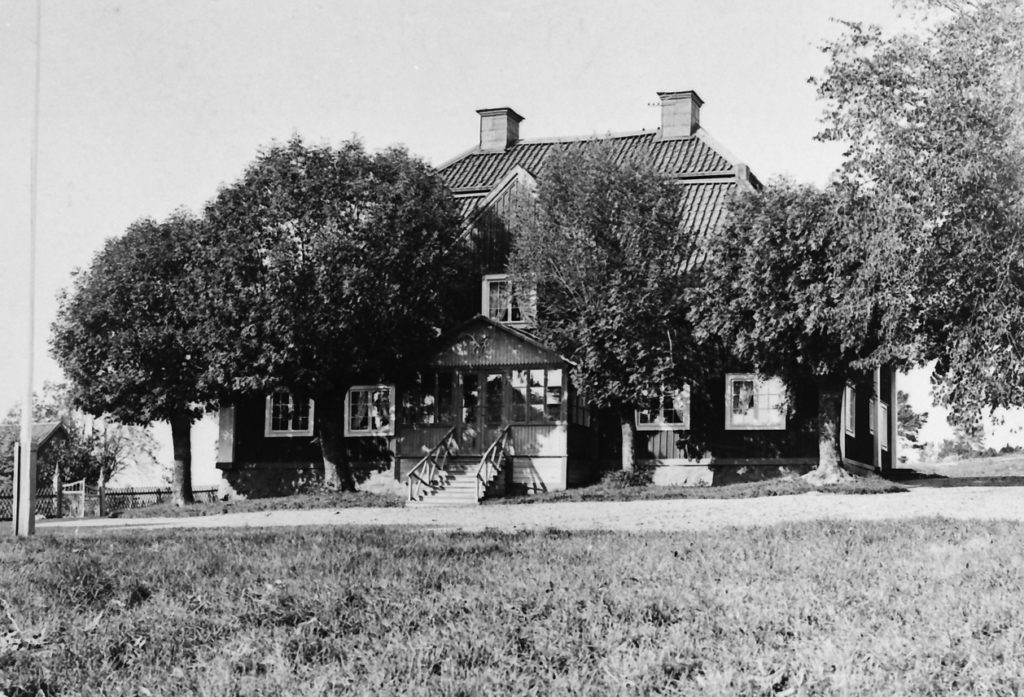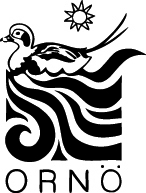· Start · Next sign · Previous sign · Swedish
ROSIR VAULT AND SUNDBY ESTATE IN TAIL
You are now standing by the Rosir vault from 1771. It bears witness to a tragic fate that was not uncommon at the time. The owner of Sundby gård, Johan Rosir, built the vault for his wife Ulrica Bedoire, who died only 35 years old, after giving birth to their tenth child.
Seven of their children died at an early age and only two daughters survived their father, who died in 1789. The contents of Johan Rosir’s last will and testament continues to affect Ornö to the present day. He transformed Sundby farm into an “entailed estate”.
Johan Rosir, born in 1709, was the son of a farmer. Despite his lowly background, he was afforded the opportunity to study, attend law school in Uppsala, and had a distinguished career in the judicial system of the period. Eventually, he was appointed Lord Chief Justice, and the Chancellor of Justice, and was raised to nobility for his achievements in public administration. At the age of 44, Johan married the young Ulrica Bedoire, from a wealthy merchant family, and the following year he purchased Sundby gård on Ornö for 132 000 daler in copper.

The main Sundby gård bilding.
When Johan Rosir drafted his will and testament in 1778, he converted Sundby into an “entailed estate”. At the time, Sundby farm land comprised most of the land on Ornö. The basic purpose of the entailed estate is to keep the lands united, to ensure that they wouldn’t be divided through partition of the inheritance. Thus, the eldest son would inherit the entire property, making him the tenant in tail. However, he did not have the right to sell the property, and was only authorised to manage it and live off the yield, as it would be passed on, intact, to the next generation. Since Johan Rosir only had two living daughters, he converted Sundby into an entailed estate so that a woman could also inherit the property.
In the 1900s, regulations were relaxed and, following government approval, parts of an entailed estate could be sold off. In 1928, Albert Stenbock at Sundby sold a large number of farms on the estate. In the 1960s, his son Otto Stenbock sold land to build a large summer cottage area on the western side of the island – Mörbyfjärdens tomtområde.
Sundby gård remained an estate in tail until 1988, when the then tenant in tail Otto Stenbock died. The fact that such a large part of Ornö was an entailed estate means that to this day, the island remains relatively unexploited, with expanses of undeveloped lands and many house owners who lease their land rather than own it.
Today, Sundby is no longer an entailed estate. The property has been divided between Otto Stenbock’s two daughters: Catharina Stenbock Lewenhaupt and Margareta Stenbock von Rosen.
Lervassa Trail was produced by Ornö Museum in collaboration with Stockholms läns Hembygdsförbund and with funding from the Swedish National Heritage Board.

